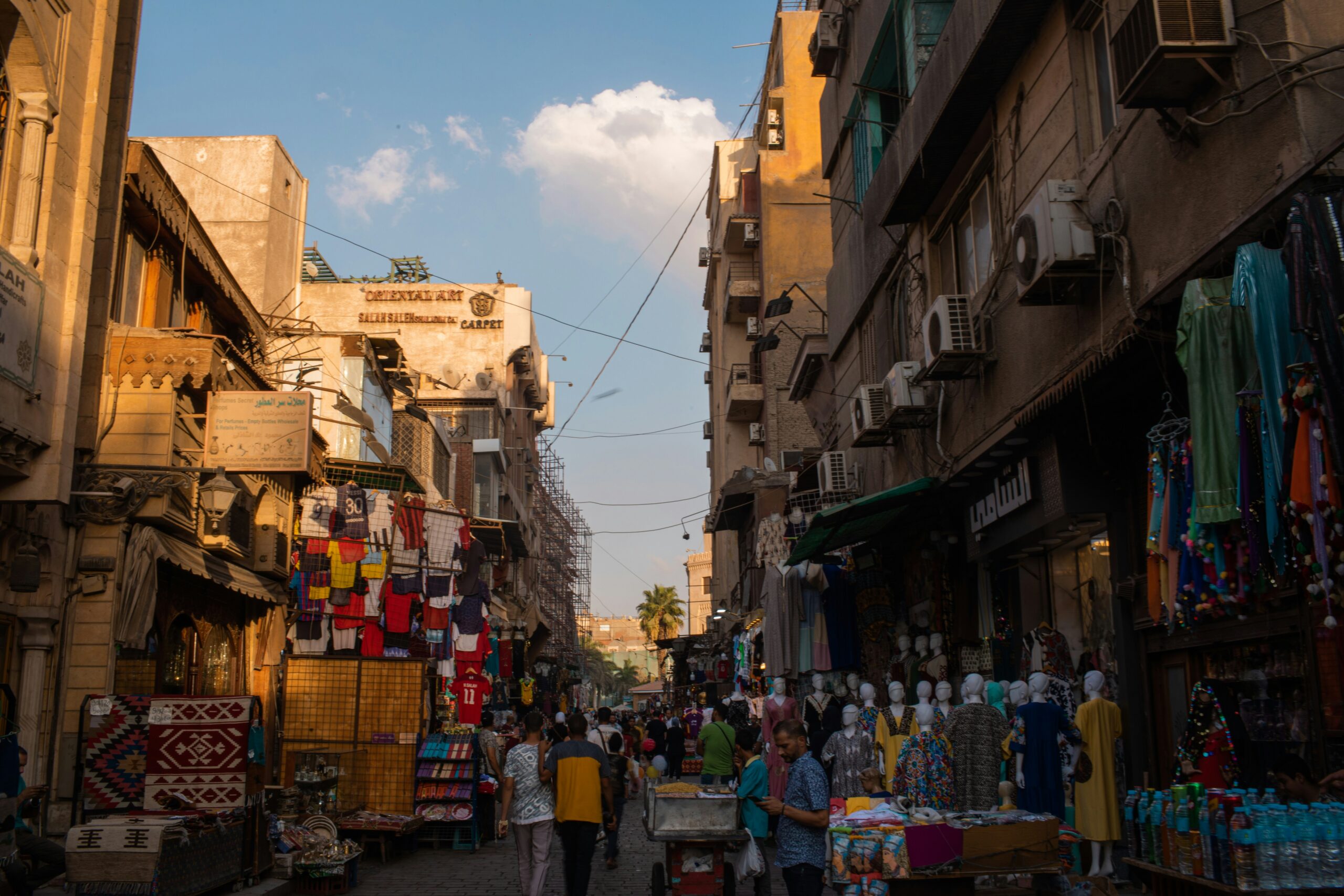Mitigating Lead Exposure in Egypt: Health Surveillance and Source Analysis

The Mitigating Lead Exposure in Low- and Middle-Income Countries (LMICs) project seeks to reduce lead exposure in Asia, Africa, and Latin America from exposure sources such as metal and ceramic cookware, adulterated spices, environmentally unsound used lead-acid battery (ULAB) recycling, and cosmetics. The overarching objective is to assist governments and stakeholders in strengthening institutional capacities, programs, and policies to effectively assess, prioritize, and mitigate lead exposure. Project countries include Colombia, Egypt, Ghana, India, Indonesia, Peru, and the Philippines.
According to the Institute For Health Metrics and Evaluation (IHME), Egypt has one of the highest estimated average childhood blood lead levels (BLLs), between 6.6 and 8.2 μg/dL. In Egypt, Pure Earth is working with the national nonprofit organization CEOSS on assessing and reducing lead exposure through community education, health surveillance, and exposure source analysis.
In conjunction with the Egyptian government and local universities, data will be generated through BLL screening and home-based assessments, which will provide the government of Egypt and key stakeholders an understanding of the prevalence, severity, and sources of lead exposure. This will guide mitigation strategies and next steps for the government and stakeholders.
